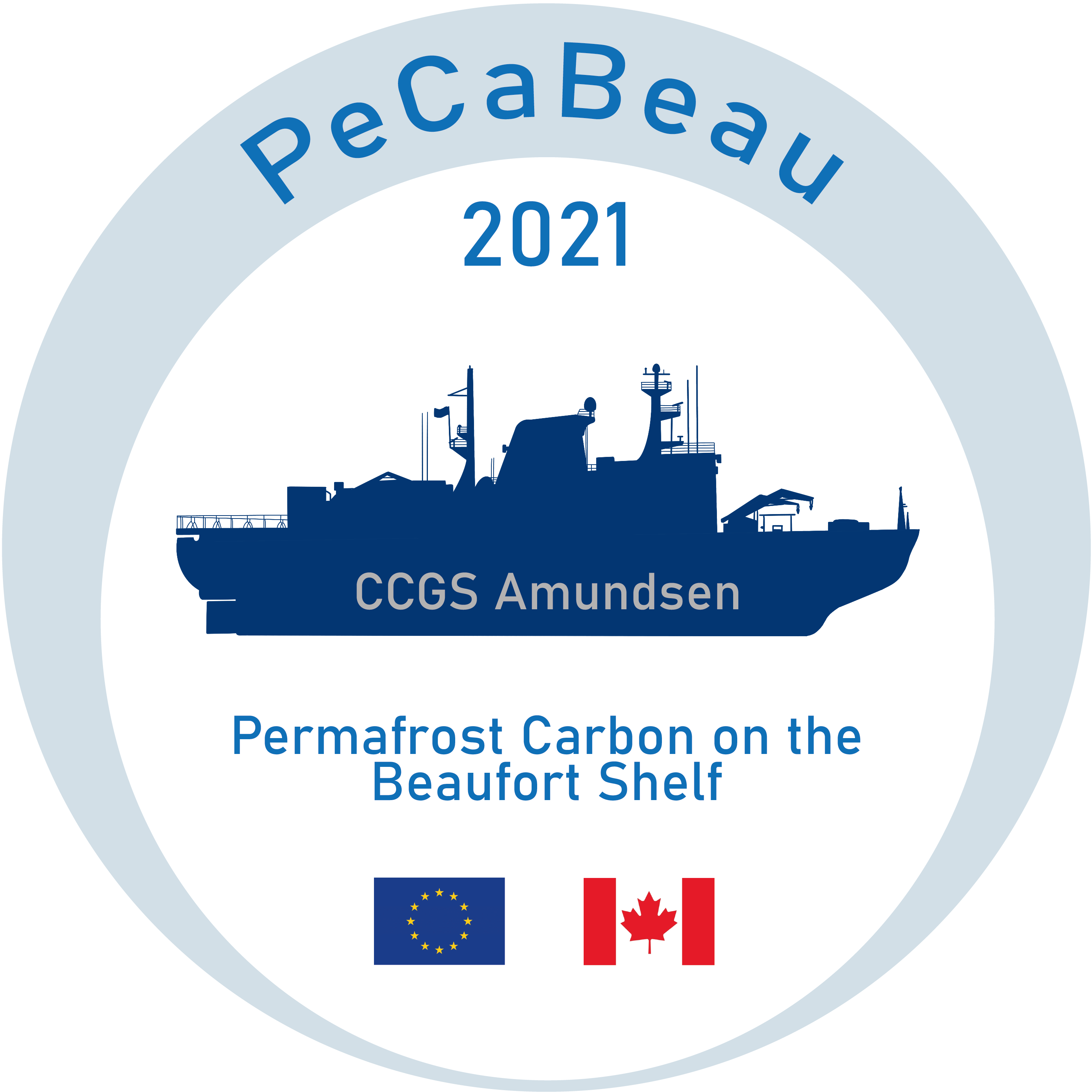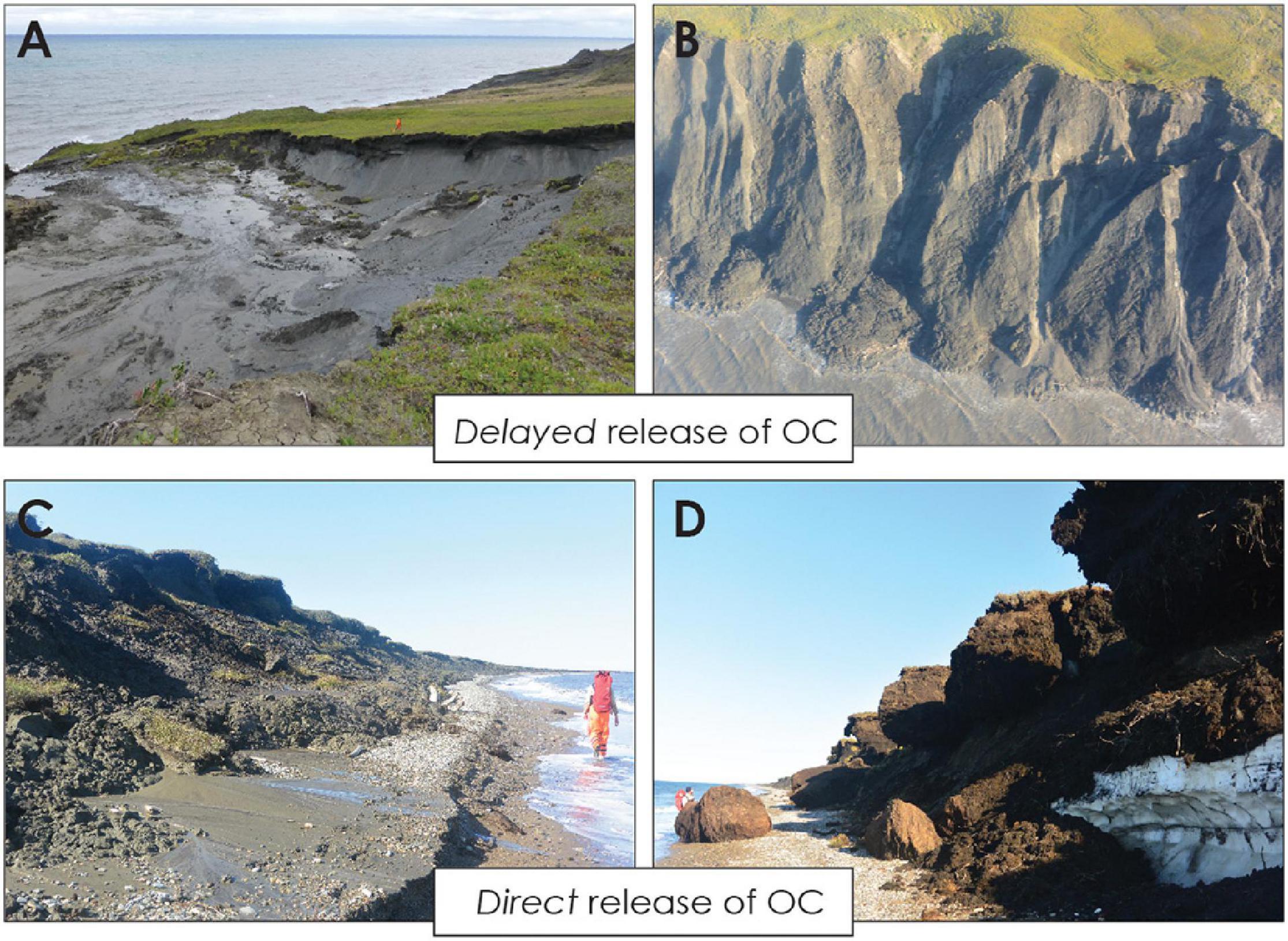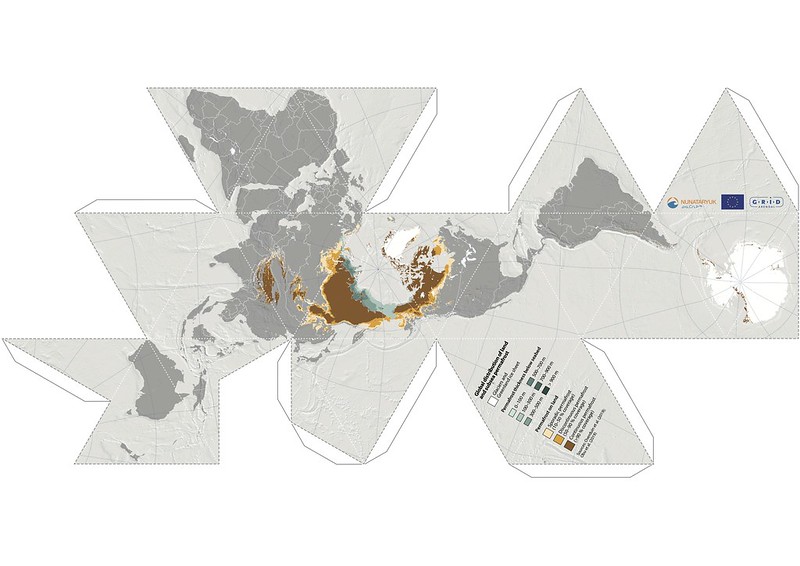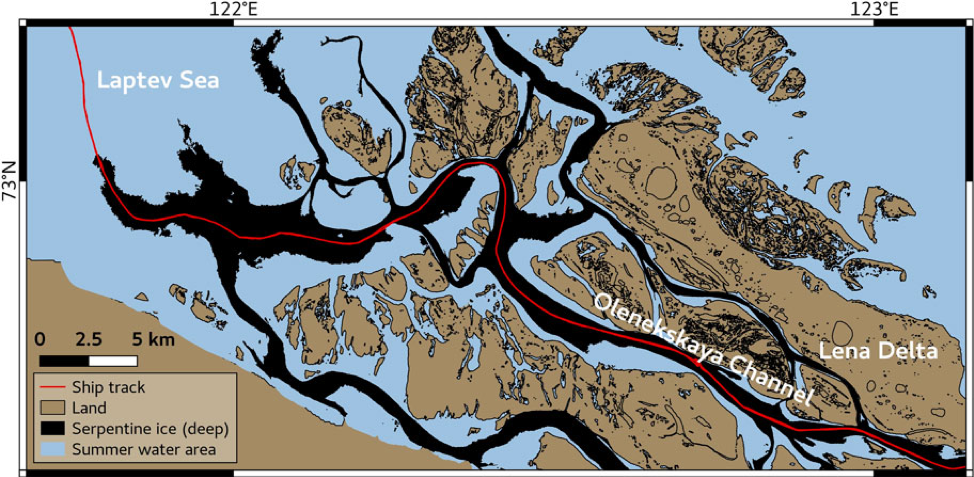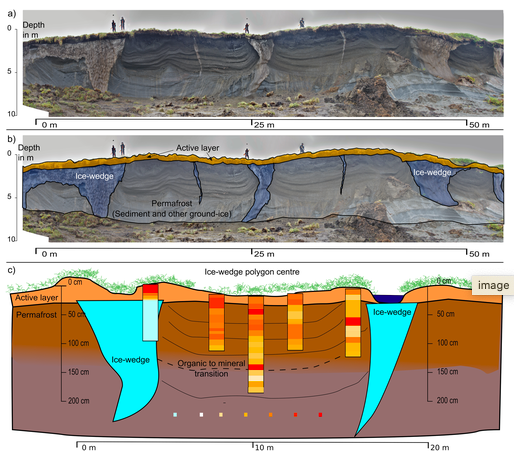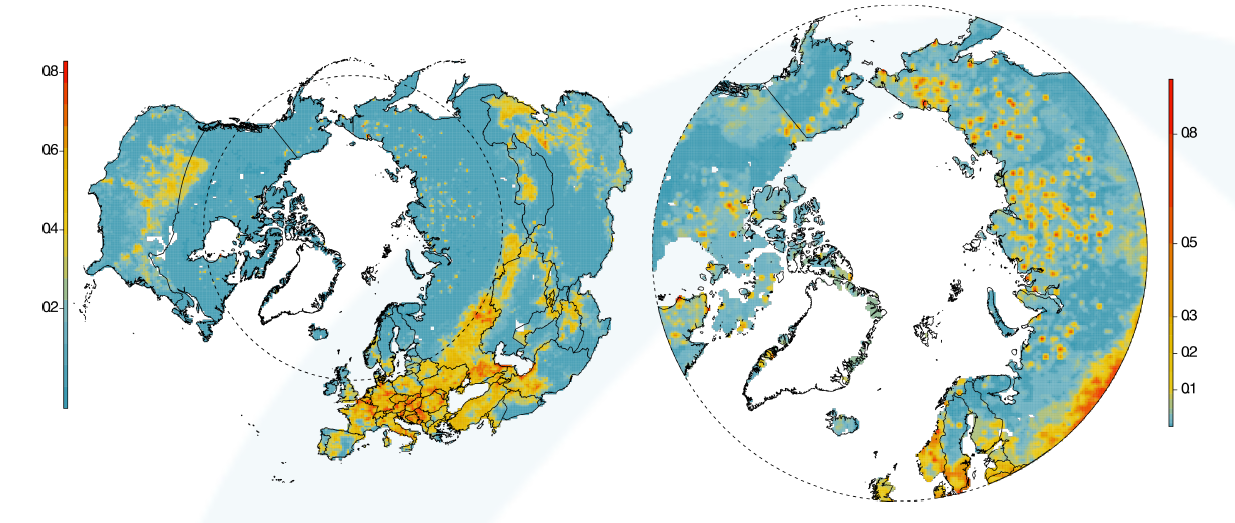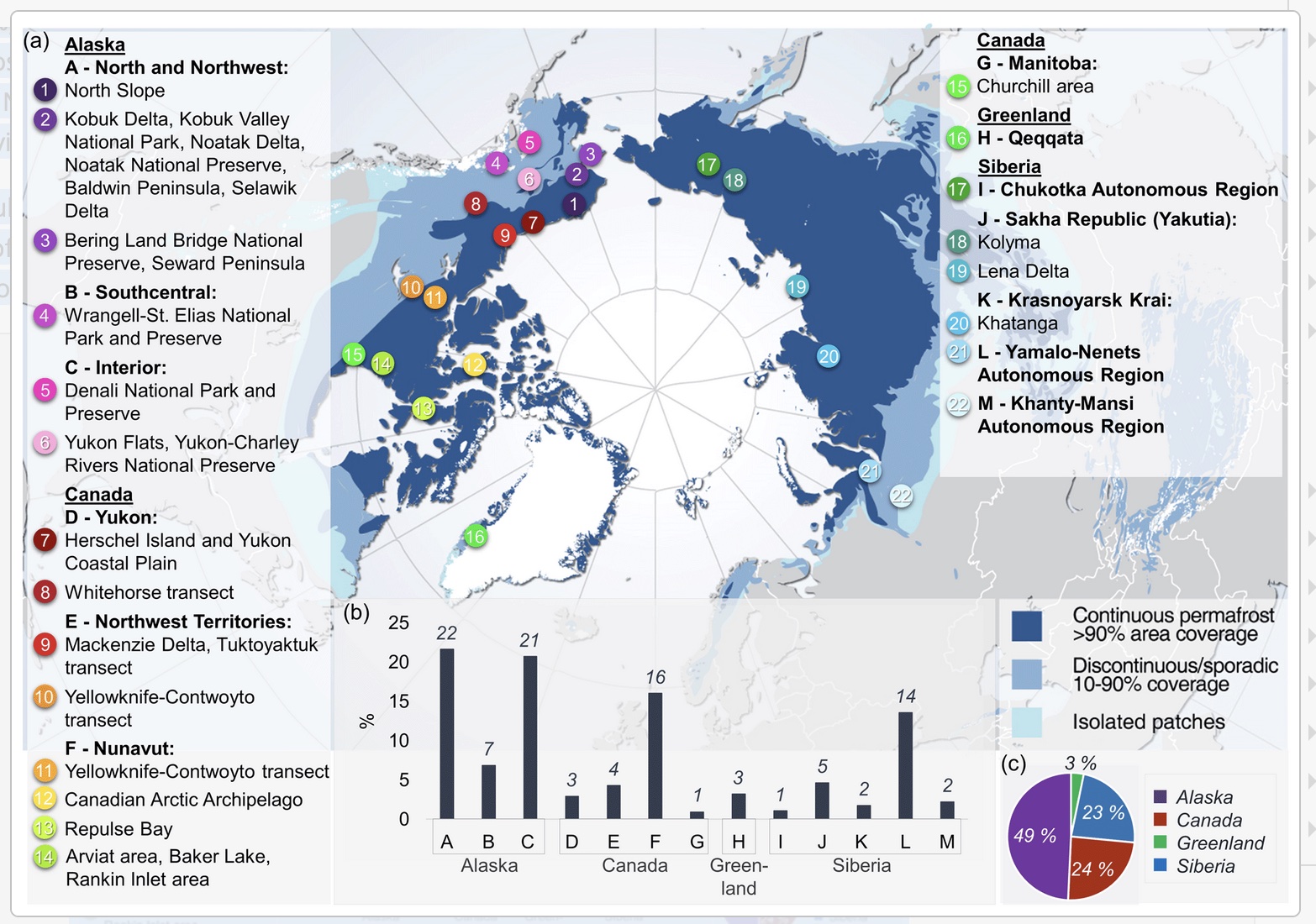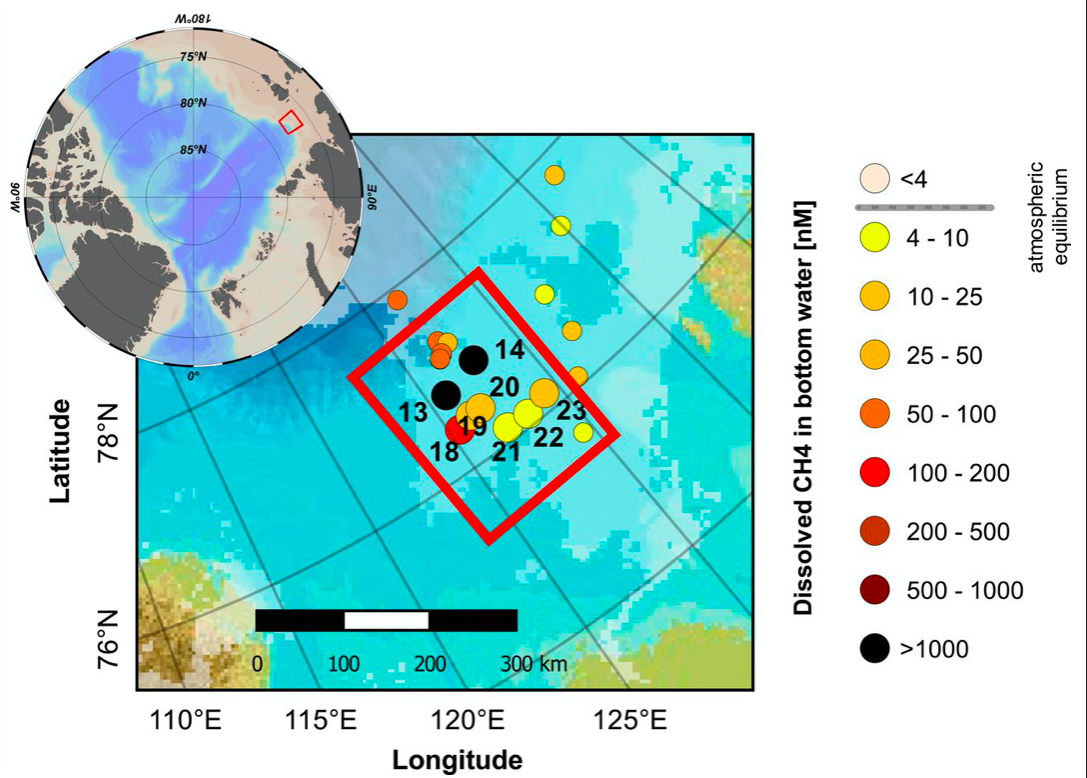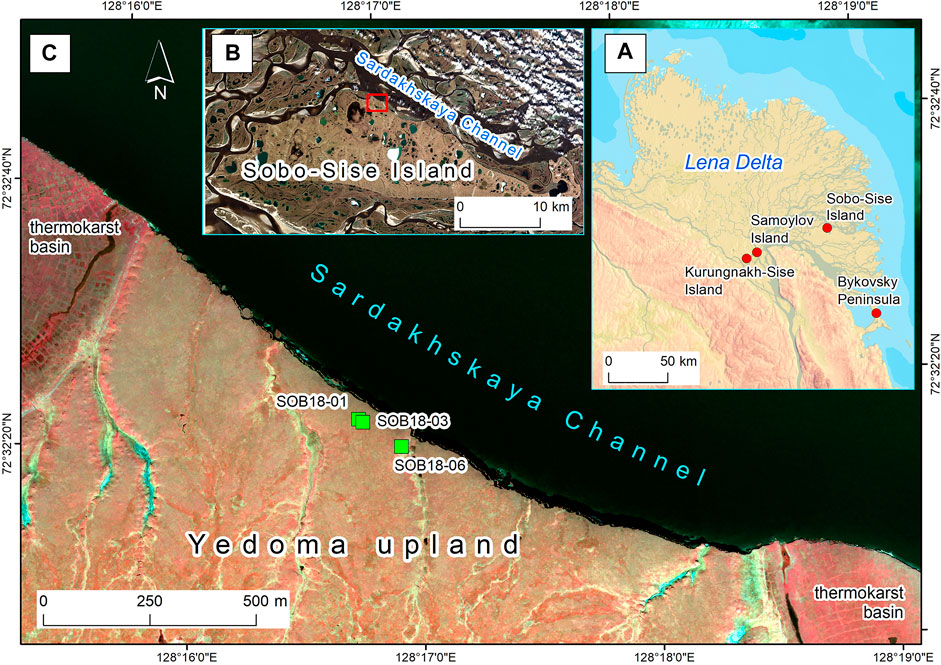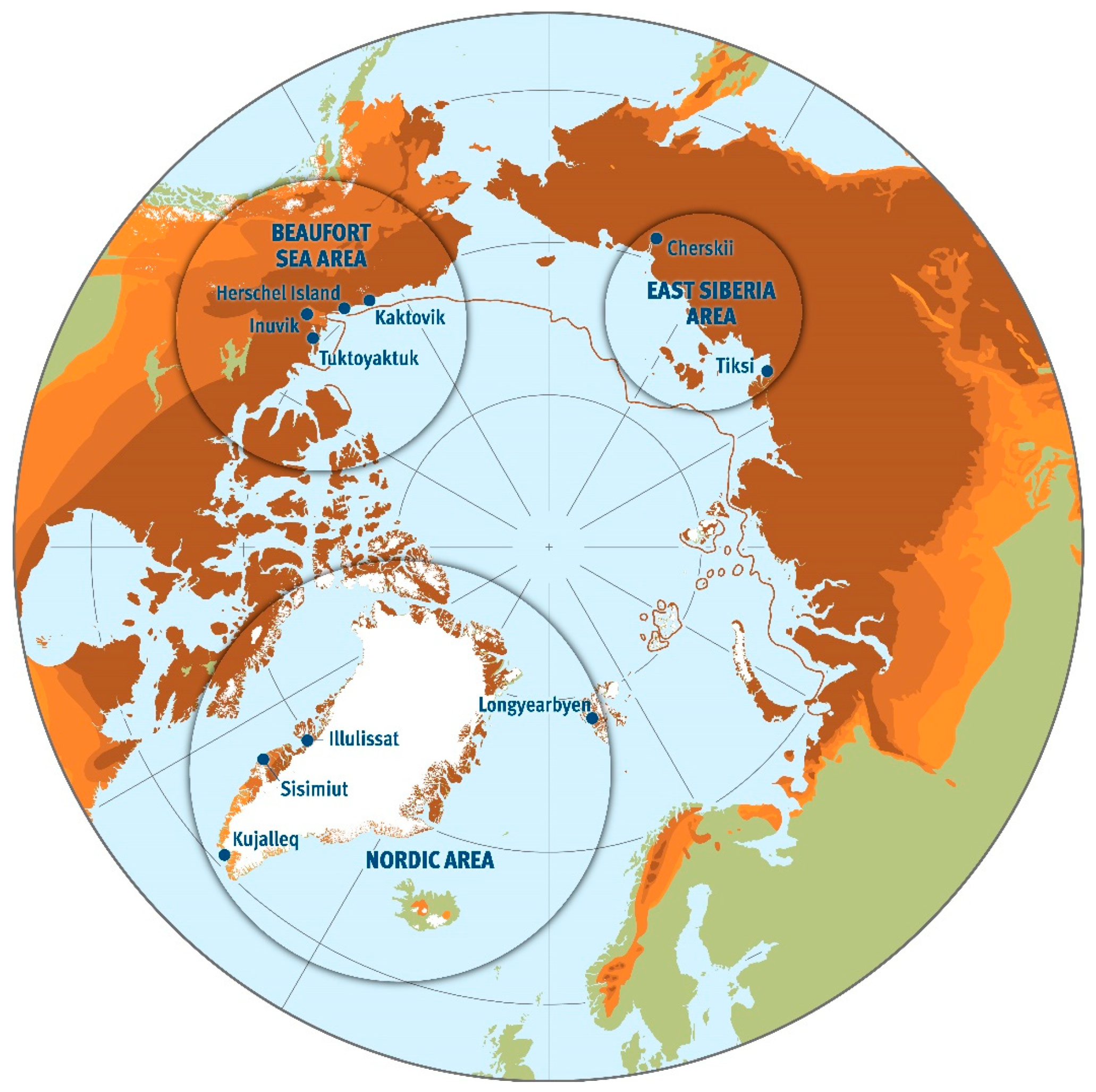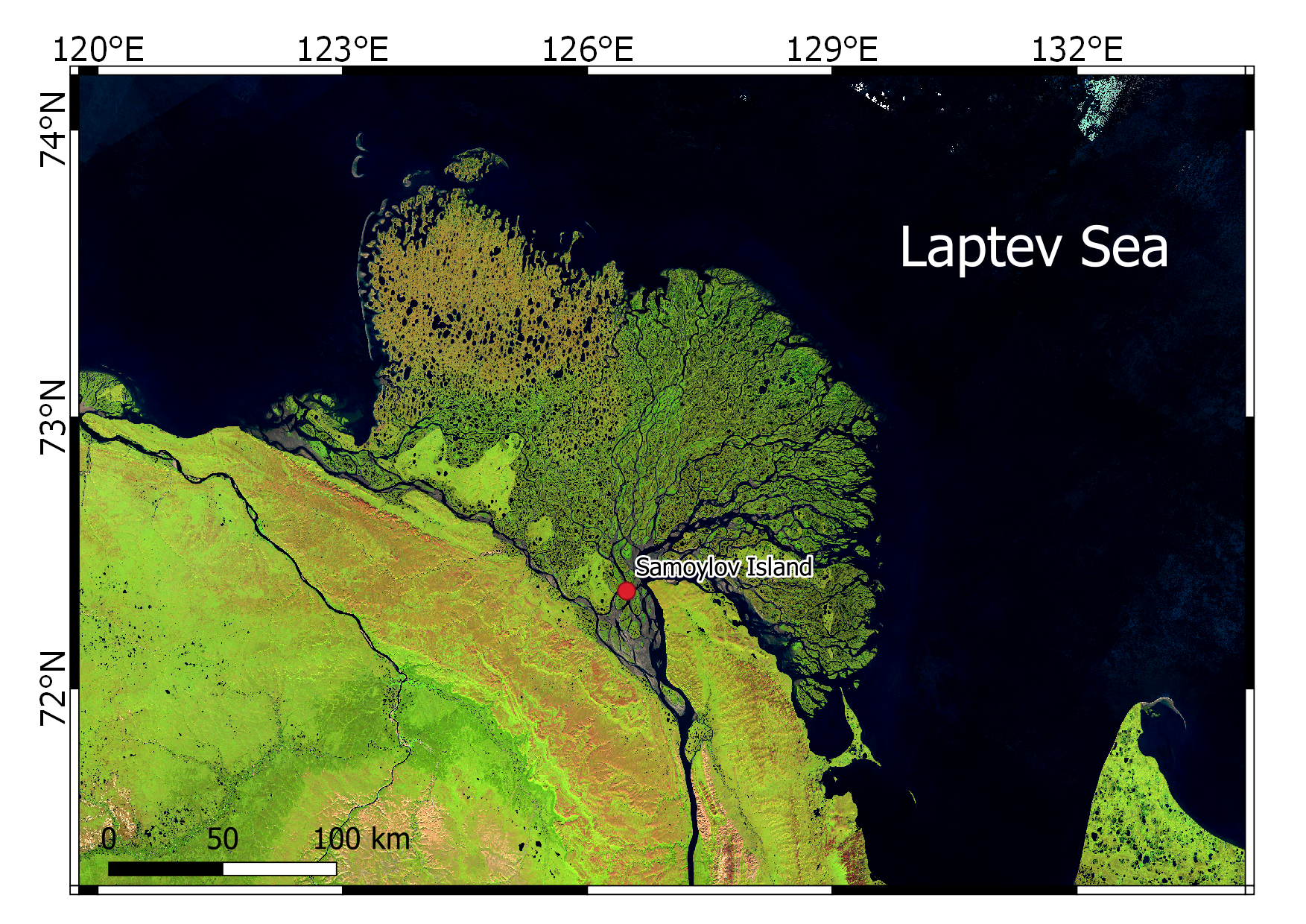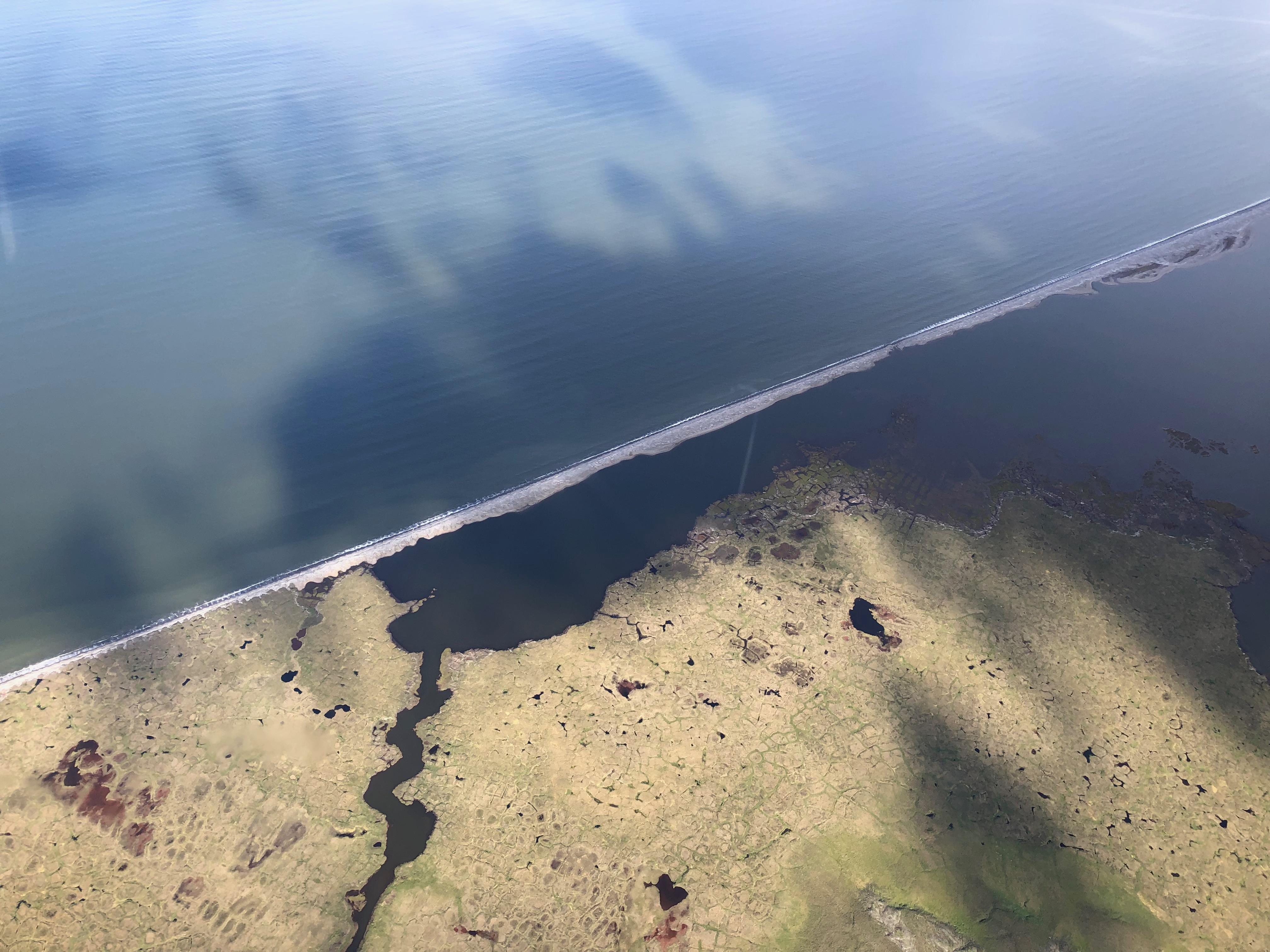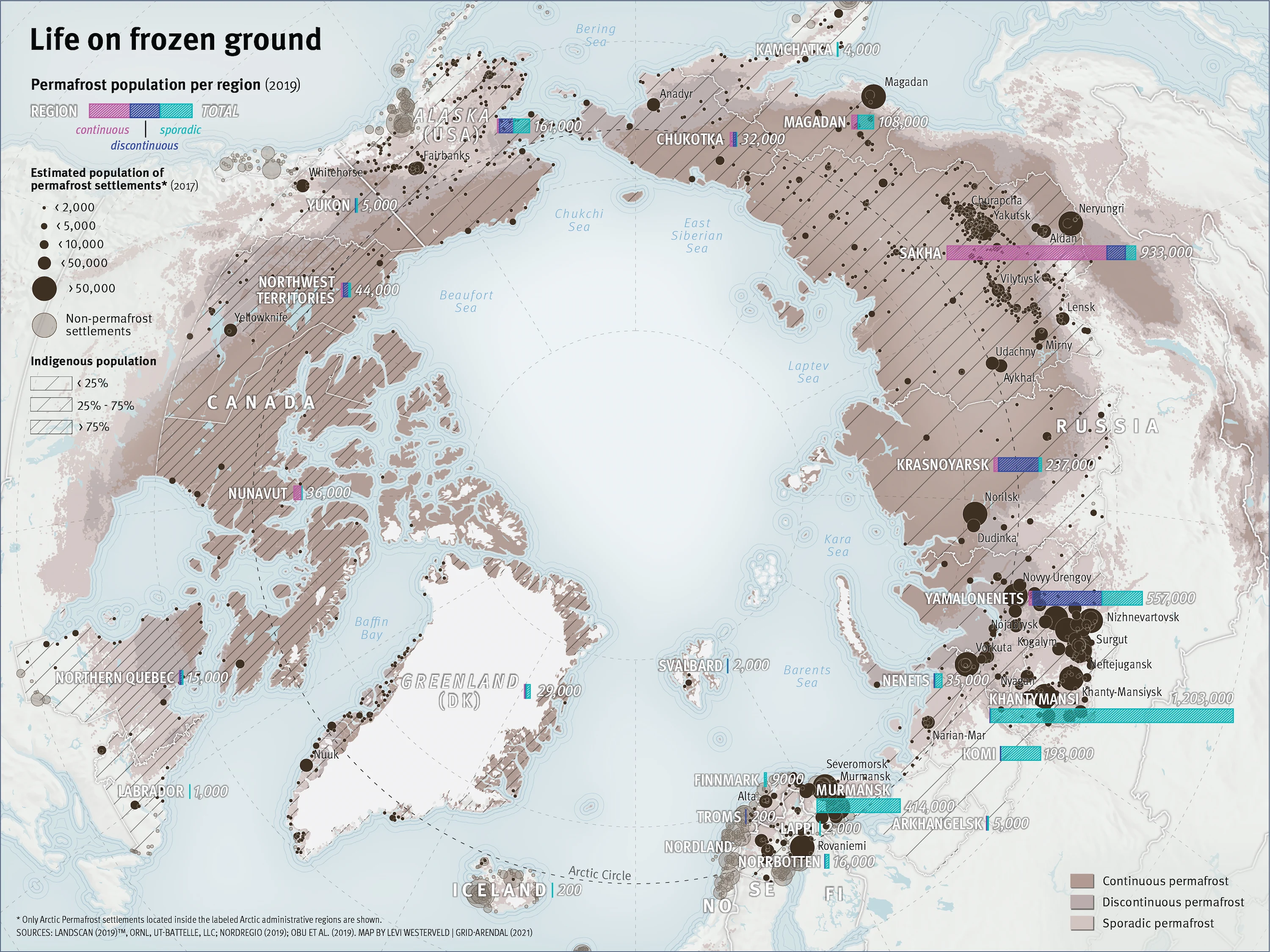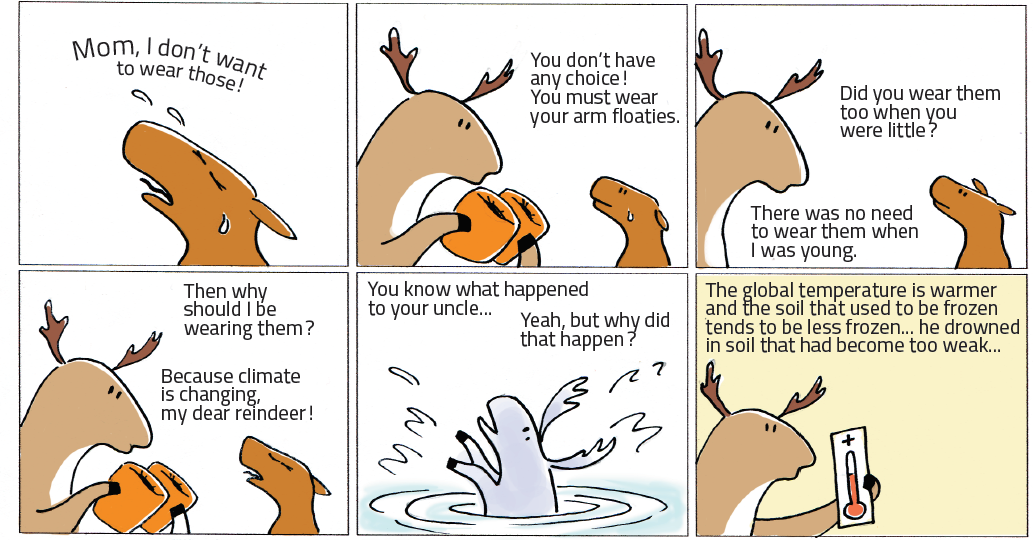After almost a 2-year hiatus from active research activities, our field campaigns are back on! This blog series will take you to the Canadian Arctic and onboard the CCGS Amundsen.
Contact Information
Project Office
Alfred Wegener Institute
Telegrafenberg A45
D-14473 Potsdam
Tel: +49(331)288-20127
Mail: Nunataryuk@awi.de

 This project is funded by the European Union’s Horizon 2020 research and innovation programme under grant agreement No. 773421
This project is funded by the European Union’s Horizon 2020 research and innovation programme under grant agreement No. 773421

